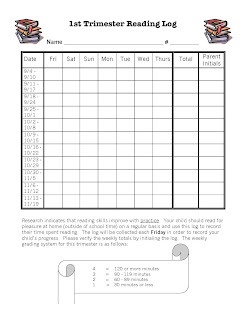Step 1: Reflection
According to Spiro (2011) the strategy is the large umbrella that encompasses a set of more specific actions. Actions should fully support the strategy. In other words, the strategy is the “big” idea and is usually broad and unrefined. The action or actions, are specific, should accomplish the strategy and can be thought of as pieces to a puzzle (Spiro, p. 17). For example the change strategy is to imagine how the change looks after its been implemented, and the action plan is the steps needed in order to accomplish what was imagined.
Step 2: Research
Teacher buy-in, or their willingness to jump 0n board with change, is often a huge hurdle in organizational change. However, the payout for smartly engaging teachers can produce strategies and action that teachers will embrace and willingly implement (Eckert & Kohl, 2013). Interestingly enough, research indicates that simply involving teachers in the change isn’t enough to gain their support or buy-in. Other motivators are needed to secure buy-in. Teachers are often resistant to change because they work alone and change is hard to digest and implement when you feel like an island. Training, support from program developers, support from staff members and administrators, and control over classroom implementation are strong predictors of teacher buy-in (Turnbull, 2002). Teacher buy-in evolves over time and isn’t something that can be rushed. After the first year of change, teachers are more likely to remain in engaged when the organization or school site provided (1) the degree to which their school management team addressed teacher concerns related to the reform program, (2) the degree to which their colleagues helped when they had questions about problems with the reform program, and (3) whether their staff met periodically to discuss classroom issues (Turnbull, 2002
Step 3: Application
Prezi Change Strategy & Actions
Welcome stakeholders! We all know that change is…well, it’s inevitable! Whether we like it or not, whether or not we feel prepared for it, and whether or not we truly understand it, change is a part of a healthy organization. To effectively understand and implement change, we need to be provided with a few essential elements: the strategy and the actions needed. Teacher buy-in, or support, is a must in order to support any change at the school site level. This doesn’t just mean involvement. Any teacher can go through the motions but we want teachers to feel valued and involved in the change. By making the teachers a valuable and needed participant in the strategy, the change is more likely to be efficient and effective. The strategy for gaining teacher buy in can be accomplished through a few simple actions: 1) provide proper training for teachers, 2) allow teachers to exercise control in the classroom, and 3) provide sufficient time for teachers to adapt to the change. As you can see, the actions support the strategy for teacher buy in. An essential element for successfully implementing change at the school site level is to determine the strategy and then clearly communicate the actions.
References
Eckert, J. and Kohl, K. (2013). Beyond buy-in: smartly tapping into teachers' expertise can produce dividends in developing policies that teachers will embrace and gladly implement. Phi Delta Kappan no. 2: General OneFile, EBSCOhost (accessed July 21, 2015).
Turnbull, Barbara. (2002). Teacher Participation and Buy-in: Implications for School Reform Initiatives. Learning Environments Research 5, no. 3: 235.Publisher Provided Full Text Searching File, EBSCOhost (accessed July 21, 2015).




























